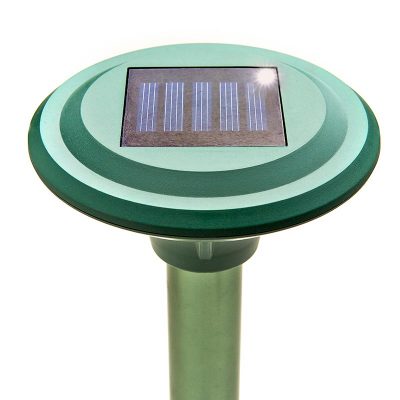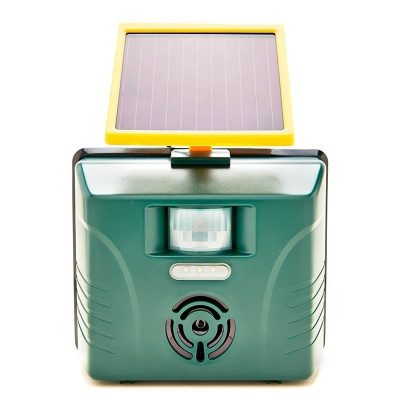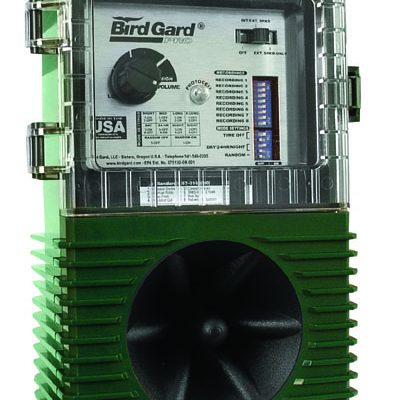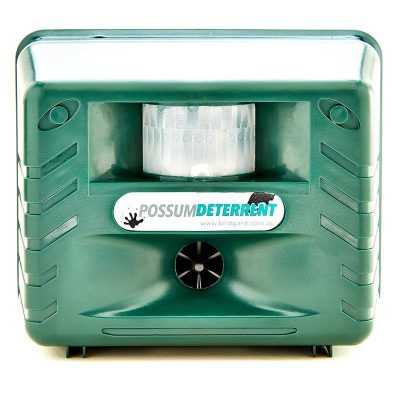The four species of Cormorants will be grouped together for the purpose of this article. With the exception of some certain areas (usually the interior, drier parts of the continent), these birds are found throughout most of the country:
- Black Cormorant (Phalacrocorax carbo)
- Little Black Cormorant (Phalacrocorax sulcirostris)
- Pied Cormorant (Phalacrocorax uarius)
- Little Pied Cormorant (Phalacrocax melanoleucos)
They all will breed any time throughout the year depending on season and food availability. Feeding largely on fish, crustaceans and amphibians, the cormorant, like the herons, can be a major pest to aquaculture. Probably more so as they can dive and take prey which is out of reach of the shore feeding heron. A black cormorant may stay underwater for 30 seconds or more while fishing.
If cormorants are breeding and have young to feed, they have huge demands placed upon them to obtain large quantities of food. This makes them very difficult to move from aquaculture ponds where there is an easy guaranteed meal to be had.
Once these birds have established a pond as their feeding ground, they will stay indefinitely as long as the food source remains. Cormorant numbers will increase with time.
Control is based on continual vigilance. Cormorants can be repelled with distress calls but if already entrenched additional methods will surely be needed to break the habit. Even when birds have been removed, there will always be new birds arriving to check out the food source. These new arrivals will be more easily scared by the distress calls than the previous hardened residents, as they are not yet settled in. However, since a brief visit for some may become a longer stay, constant vigilance is required to move on those birds which are hanging around. A new bird, already on edge due to the distress calls it hears will be easier to scare off than if no distress calls were being broadcast over the area. Realistic back up to the Bird Gard system is probably more important in aquaculture than any other industry. This is principally due to the tough character of cormorants and the fact the food source is available 12 months of the year. This is in comparison with food for other birds which is only available for one to three months of the year in the case of most horticultural crops.
Cormorants are repelled using our the newly developed device, the Super Pro X. The Super Pro X is a superior unit using up a variety of water bird distress calls as well as, if necessary, a variety of mixed distress and harassment sounds. We recommend the use of of the Bird Gard Kite alongside the Super Pro X for best results.
The other highly successful device is the Bird Gard Laser. This a hand- held laser device with a range of up to 600m is an instant success on cormorants in low-light conditions (late afternoons to early morning). It is highly recommended for aquaculture.




